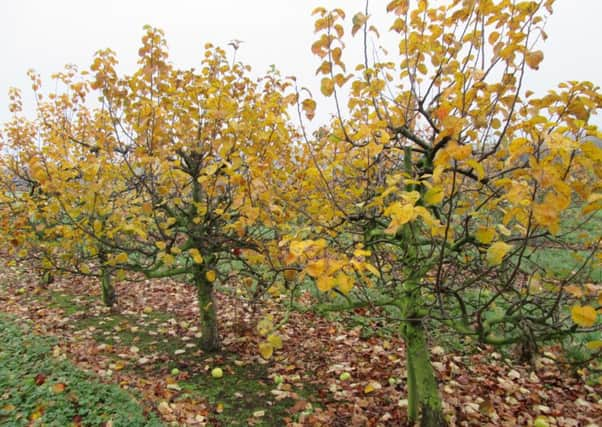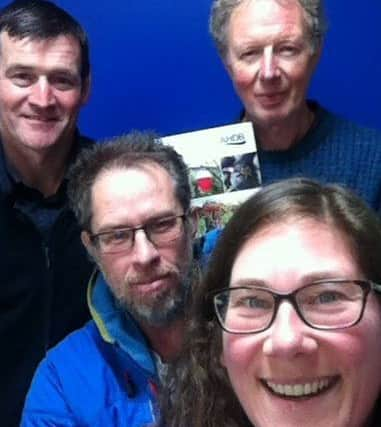DAERA Management Notes: Horticulture


The 2016 Northern Ireland (NI) Bramley crop was substantial, but not exceptional. Fruit quality was generally very good although size range within and between orchards varied widely. Unfortunately the limited demand this season for juicing fruit led to a number of orchards where the windfall apples were not gathered, and even in some cases trees were unpicked.
In light of this, and the possibility that another ‘average’ yield will lead to oversupply in 2017, focus pruning activity this year on increasing average fruit size and minimising the proportion of less valuable or ‘outgrade’ fruit.
Advertisement
Hide AdAdvertisement
Hide AdWhere an orchard has received sufficient fertiliser and has an acceptable soil pH (between 6.2 and 7.5), the main way to improve fruit size is through substantial winter pruning. The poorest quality apples are always located in shady sections of the tree and on older, less productive timber. Hence, lower limbs and those which have become heavy, thick and poorly dressed with fruiting branches should be a priority for removal.


Often this approach raises the concern about reducing total yield in the year following, but experience has shown that a few substantial cuts to open the body of the tree to light and reduce the overall canopy by 25%-30% will not adversely affect yield. In addition, the greater proportion of root nutrients and leaf sugars that are redirected into the remaining buds will improve blossom quality and apple size. Of course, Bramley is very prone to shoot growth as a response to heavier pruning, but again, on established trees we find that a limited number of larger cuts will prove less ‘reactive’ than many smaller cuts per tree, in a single season. Concentrate on retaining the healthiest, best positioned and most fruitful sections in the tree, and do not hesitate to cut out congested, shaded and older material, for the sake of next year’s fruit size and quality.
SOFT FRUIT
Strawberry growers attend soft fruit information day
On 23rd November 2016, Edible Crops Development Adviser Lori Hartman attended the NIAB EMR (formerly East Malling Research Centre) soft fruit information day, along with members of the soft fruit Business Development Group (BDG). This years’ event focused heavily on pest and disease issues in soft fruit.


NIAB EMR is a world class research centre for perennial horticulture crops, including top fruit and soft fruit. With 14 speakers covering 20 topics at the event, the day long experience presented the group from NI with a wealth of information. Several speakers discussed spotted wing drosophila (SWD), a relatively new pest in the United Kingdom. While not yet detected in NI, it has been identified in other parts of Ireland. The message to growers is that the pest is inevitable, but preparation and crop hygiene are important factors in management. CAFRE will continue to work with growers to monitor and manage SWD in 2017.
Advertisement
Hide AdAdvertisement
Hide AdOther areas of interest included biological control options that are under development for soft fruit. Earwigs are considered a pest in many ornamental crops, but research is showing they play an important role in blackcurrant plantations as a biological pest control. Another area to watch is that of vine weevil control. Researchers are looking at the viability of using nematodes on the adult weevils, via a stationary trap. Current use of nematodes requires application through irrigation and targets the larval stage only.
The quality of the research presented was excellent and highly relevant. The wide range of topics will fuel ideas for future soft fruit BDG meetings as well as Knowledge Technology Transfer investigations for the soft fruit sector throughout 2017.